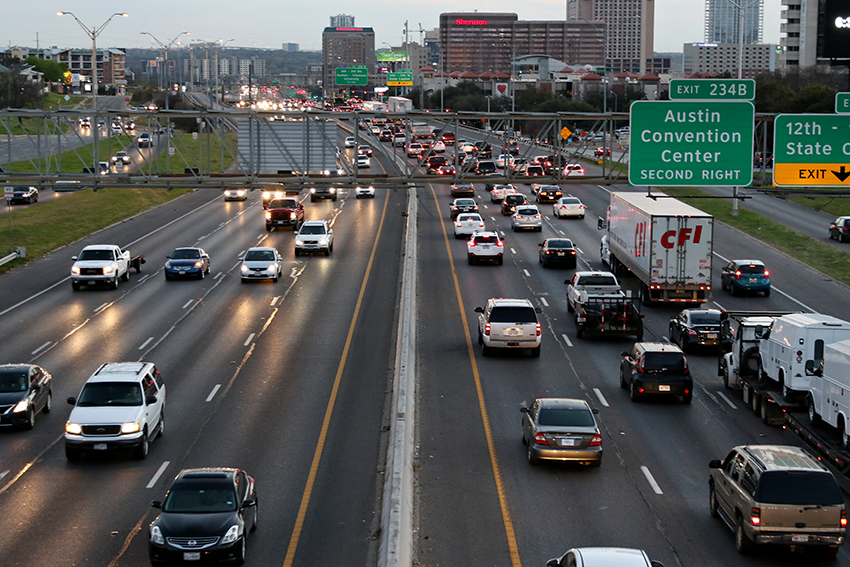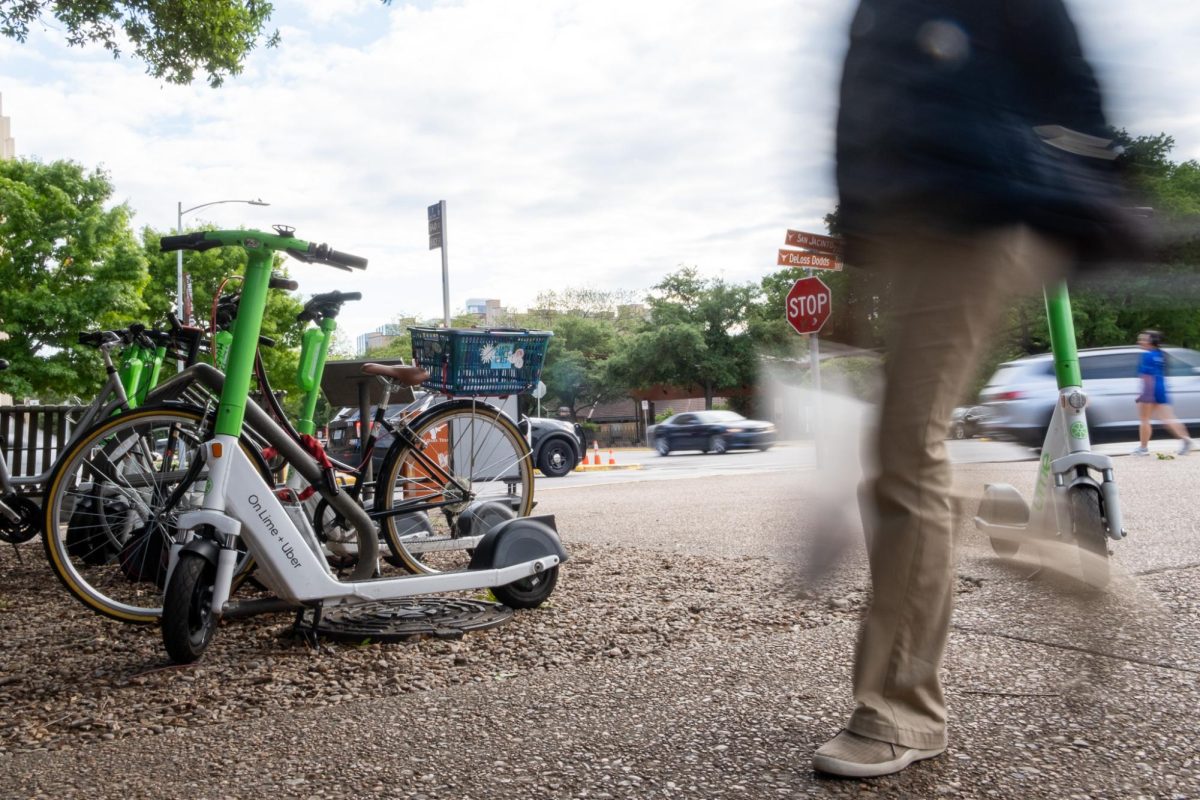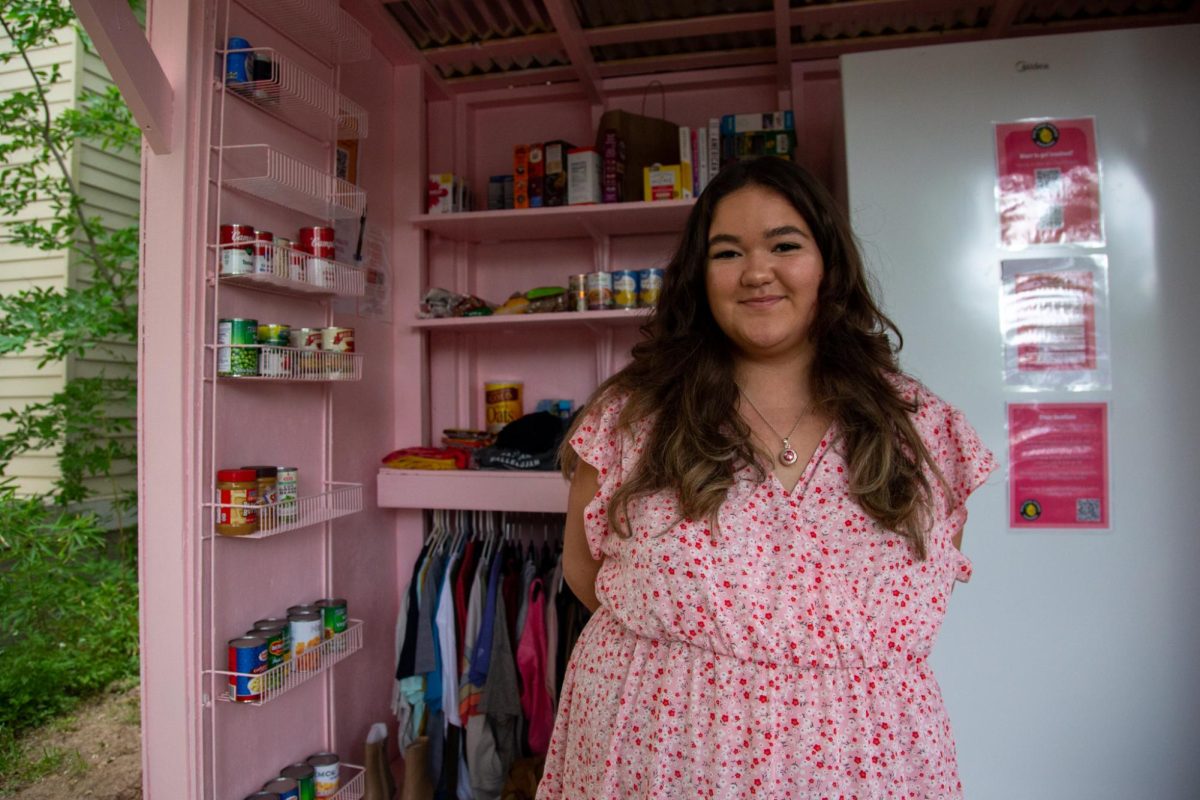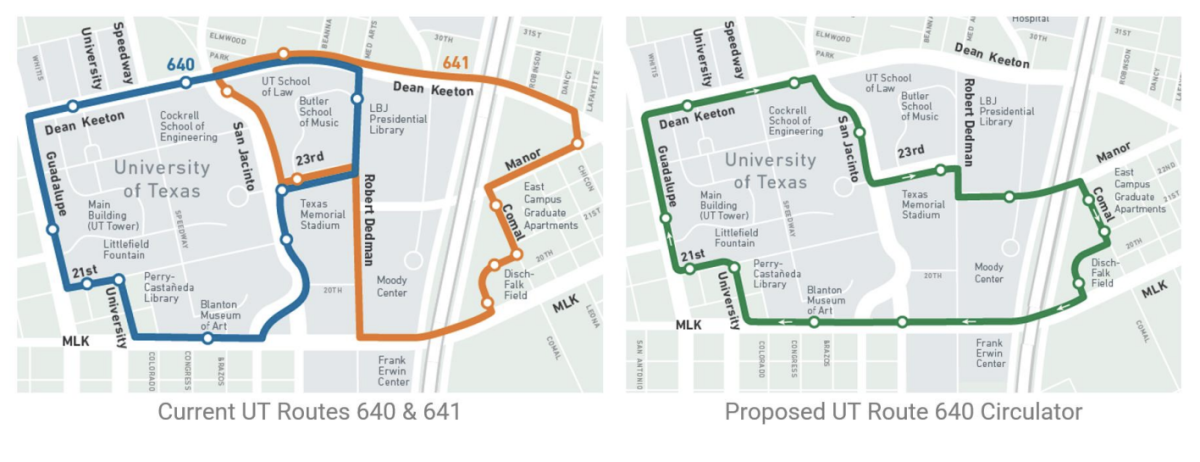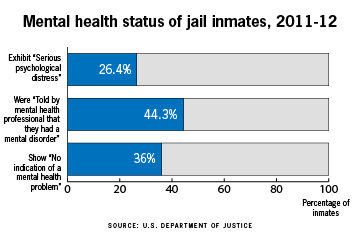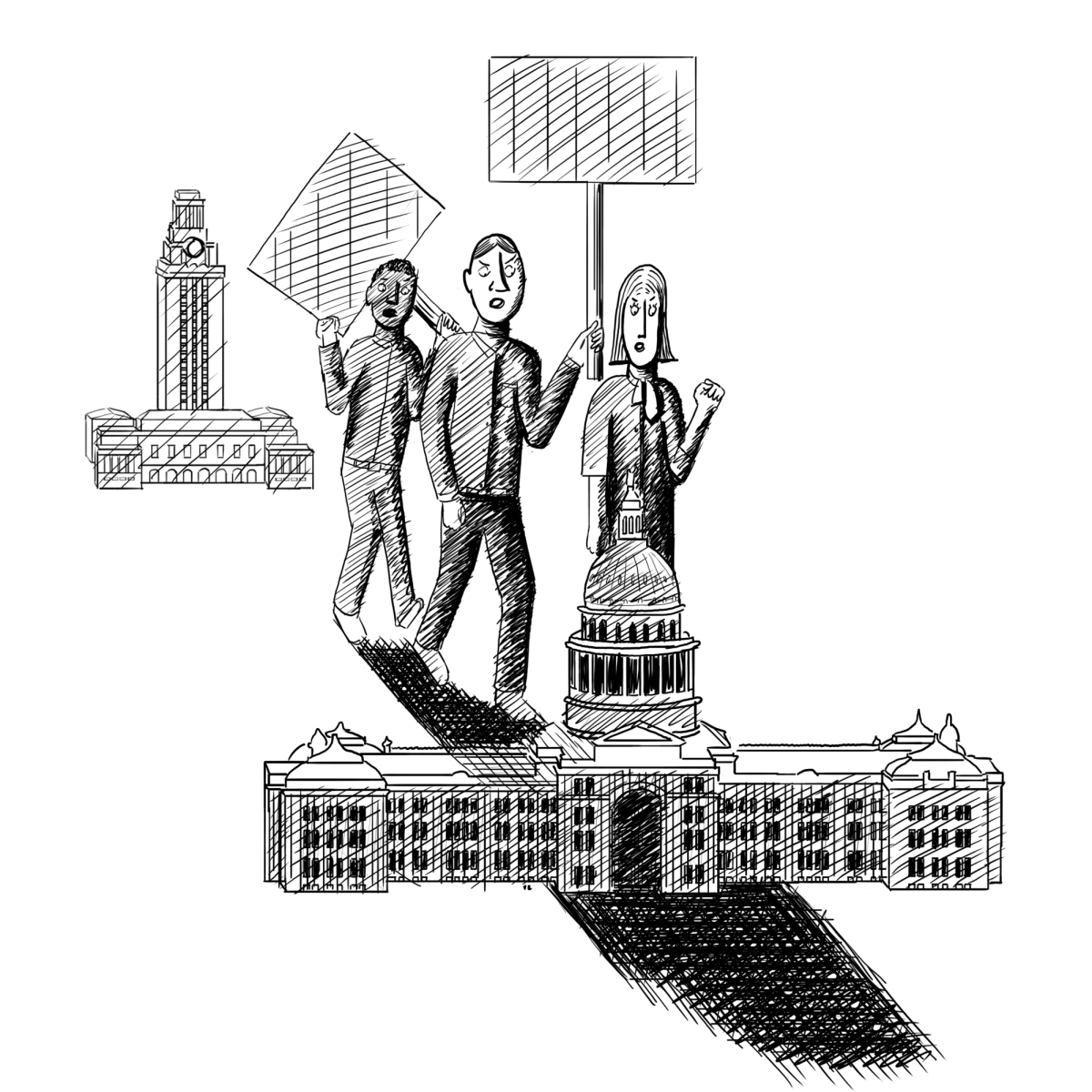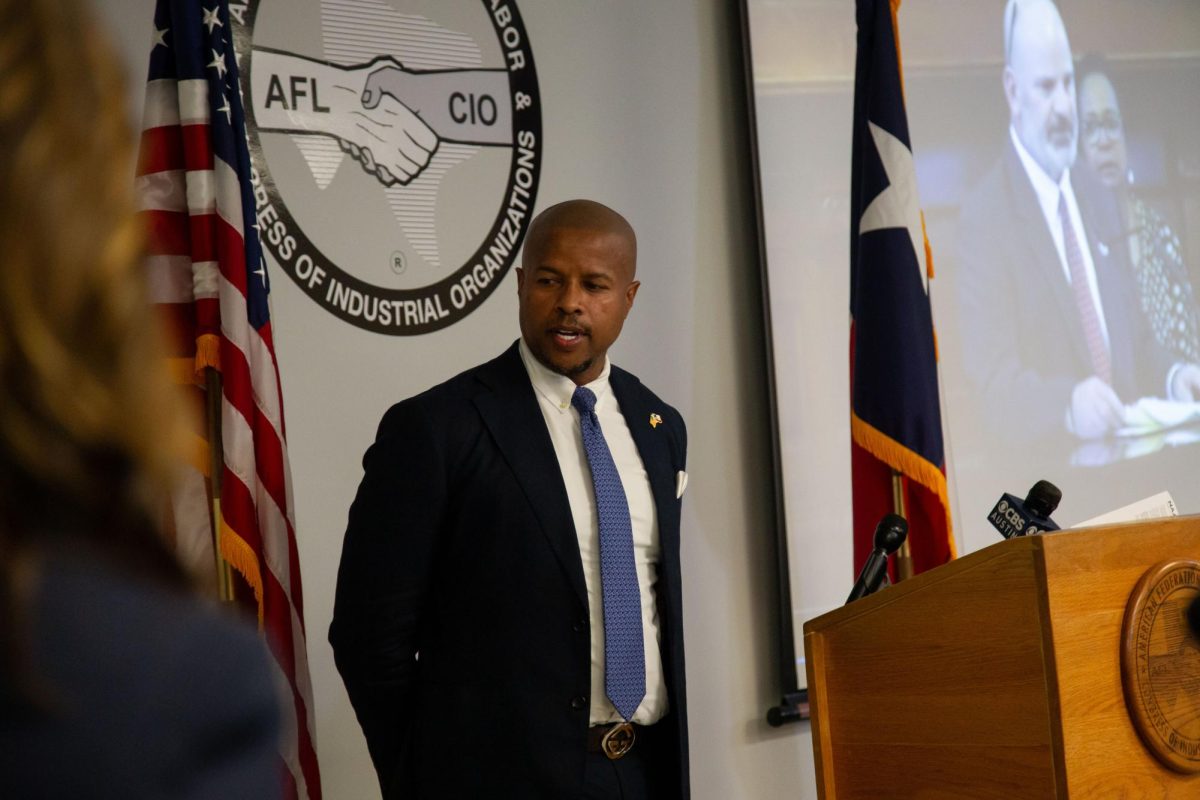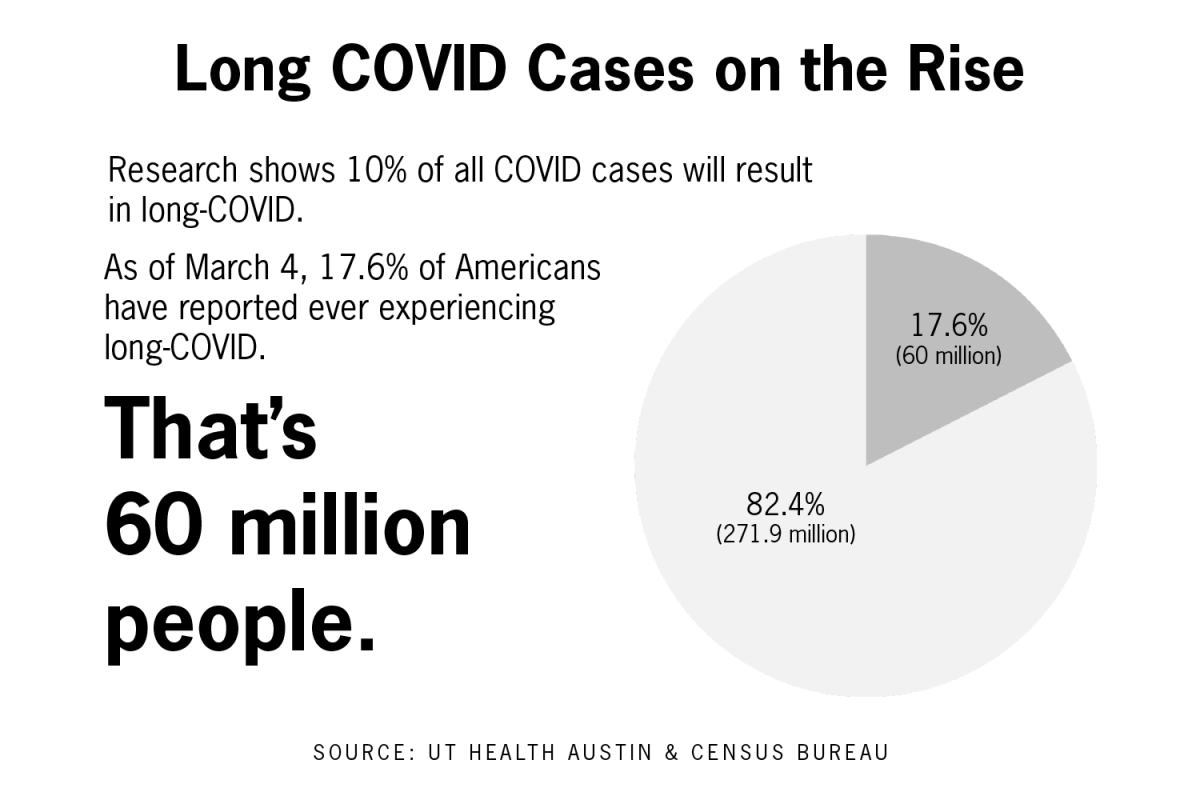The City of Austin announced a five-year partnership with UT’s Center for Transportation Research on Thursday that will aim to solve Austin’s transportation problems.
The center will assist in short-term transportation issues such as adjusting traffic light signal times. Longer-term projects include using its facilities to house and analyze the City’s data more efficiently. The City will pay the center $2.5 million over the next five years to accomplish this goal.
“This five-year interlocal agreement allows Austin transportation to come to UT and use [the University’s] expertise when they need to,” Jennifer Duthie, one of the center’s research engineers, said. “The goal is for this to be a longer-term relationship where we will help them meet short-term needs and longer term research.”
Duthie said the specifics of the partnership have been in the works for about a year.
“UT is neutral and has a lot of capabilities in terms of storage,” Duthie said. “Working with the City and introducing [the Austin transportation department] to all the great things we have will be very beneficial.”
Randy Machemehl, civil, architectural and environmental engineering professor, will head a combined UT and City task force as a part of the agreement.
Machemehl will help the City strengthen its contracts with city developers. Contractors and developers ask and receive permission to use public spaces such as sidewalks during construction. The City of Austin solicits payment for this use but currently does not have very strong contracts for this, Machemel said.
“We are sort of in charge of developing a methodology for the City,” Machemel said. “That could include changes in signal changing or stop signs. It’s our job to develop a rational methodology for charging private parties for the use of public space.”
Relying more on public transport such as buses and bikes can be a solution to the increasing traffic, Bruno Chiquini, occupational engineering senior, said.
Chiquini started working at the center last summer as part of an internship and has worked with integrating and visualizing data the center receives from the City of Austin.
“To work with [the City to] identify problems and find working solutions … will lead to better analysis,” Chiquini said. “Once I was exposed to the transport world, I was glad to find there was more than meets the eye.”



